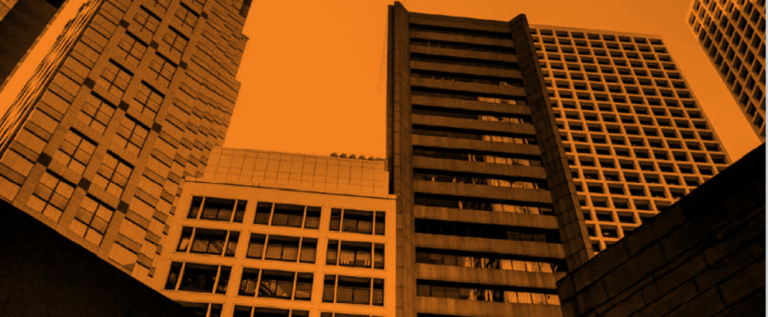According to the Reserve Bank of India (RBI), banks will continue to grapple with their bad loans or non-performing assets (NPAs) this fiscal year due to the current economic conditions.
Text: Sapna Srivastava The gross non-performing assets (GNPAs) plus restructured standard advances in the banking system remained elevated at 12.1 per cent of gross advances at end-March 2018 as per RBI's annual report for 2017-18. The main reasons for bad loans have been attributed to lacunae in the internal functioning of banks plus macro-economic causes which affect the whole industry. It has also been observed that the large borrowers are the biggest defaulters in the bank. To address the critical scenario, RBI has put in place revised and harmonized guidelines for resolution of stressed assets, replacing earlier schemes. Causes for rising NPAs in banks in India| Causes accountable to banks | Causes accountable to borrower | Other causes |
| Poor credit appraisal mechanism | Longer gestation time | Fast changing technology |
| Wrong selection of borrowers | Mismanagement of funds | Political warfare |
| Lack of trained staff | Wrong selection of projects | Taxation laws |
| Inflexible attitude | Diversion of funds | Credit policies |
| No delegation of authority | Lack of quality control | Government policies |
| Lack of proper follow-up by the banks | Rising expenses | Increase in factor cost |
| Weakpost- credit appraisal system | Poor choice of location | Changes in consumer tastes and preferences |
| Inefficient management of lending facilities | Inadequate attention to research and development | Recession in the market |
Indian banks' gross non-performing assets (NPAs) as on 31 March 2018 - Rs 10.25 lakh crore NPAs rise in public sector banks by March 2018 – 21 banks with 15.4 percent rise NPAs rise in private sector banks by March 2018 – 18 banks with 17.9 percent riseHousing as an Asset Class Not Doing Well The Reserve Bank of India (RBI) data released showed that for the April-June quarter (Q2 2018), the average pan-India housing price grew at 5.3% year-on-year (y-o-y), compared to 8.7% in the year-ago period, and 6.7% in Q1 2018. Experts agree that the reasons for underperforming of housing asset class range from high interest rates to affordability concerns. From an average 18% annual rise between 2010 and 2015, the price rise in the first six months of the current year is down to 6% in housing asset class as per RBI. The trend has a strong correlation to the credit crunch in the economy and consecutive rise in interest rates that are impacting demand growth.
Gross NPAs in Rs Crores

PSBs gross NPAs in Rs Crores
Gross NPAs in Rs Crores
Data source: CapitalinePlus Infograms: Karan Pradhan
The Way to Recovery The impending resolution of Banking & NBFC crisis will most likely delay the real estate sector's much-anticipated recovery by a couple of quarters, but the new structural changes introduced by RBI early this year will go a long way in creating a healthier banking system, overall reduction in bad loans and eventually fresh loans issuance to credible players. In the meantime, private equity (PE) funds, pension funds and sovereign wealth funds have replaced banks as the largest source for funding. Many realty developers have trimmed debt and diversifying in commercial or retail assets and affordable housing where growth has been higher. The situation is better in non-metro cities due to the small-ticket home sales. Also read http://realtyplusmag.com/manhattan-real-estate-slows-after-years-of-record-activity/ The government is taking many steps to reduce the problem of NPAs but banks should also have to be more proactive to prevent the non-performing assets. Having said that, bank should consider the ROI on a proposed project and not hesitate to provide loan to credit-worthy customers. After all, the growth of the economy depends upon the efficiency and stability of the banking sector.




















